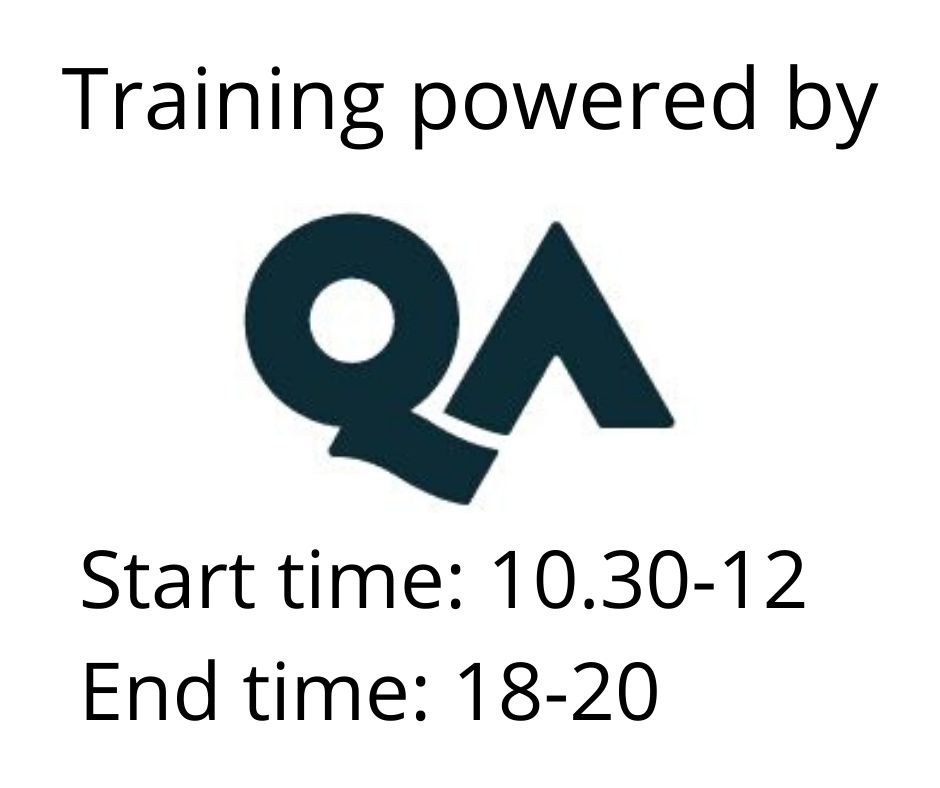Microsoft Access Essentials
In this two-day course, you will learn the fundamental skills required to design and build databases in Microsoft Access. From the basics such as database terminology, the course will take you through the process of designing and building a database, constructing tables and table relationships, creating queries to search and interrogate your data, and also provide you with the skills to create forms to ease data entry, and reports to output your information.
Most job roles today involve some form of data management. In the case of data workers, it may be their primary job task. For some, like research scientists and accountants, data management may be a strong component of the job. For others, data management may consist of an incidental job responsibility, such as time reporting or recording a sale.
A relational database application such as Microsoft Access can help you and your organisation collect and manage large amounts of data. Access is a versatile tool. You can use it as a personal data management tool, or you can use it as a construction set to develop applications for an entire department or organisation.
This course is suitable for users of Access 2010, 2013 or 2016. If you're attending at a QA location, the course will be delivered on Access 2016.
Osallistumismuoto
Remote
Kesto
2 päivää
Hinta
1448 €
In this two-day course, you will learn the fundamental skills required to design and build databases in Microsoft Access. From the basics such as database terminology, the course will take you through the process of designing and building a database, constructing tables and table relationships, creating queries to search and interrogate your data, and provide you with the skills to create forms to ease data entry, and reports to output your information.
Most job roles today involve some form of data management. In the case of data workers, it may be their primary job task. For some, like research scientists and accountants, data management may be a strong component of the job. For others, data management may consist of an incidental job responsibility, such as time reporting or recording a sale.
A relational database application such as Microsoft Access can help you and your organisation collect and manage large amounts of data. Access is a versatile tool. You can use it as a personal data management tool, or you can use it as a construction set to develop applications for an entire department or organisation.
Learning outcomes
- Identify the common objects of an Access database
- Design and build the structure of a database
- Input and maintain data
- Design user-friendly data entry forms
- Search the database using queries
- Generate reports from your data
Prerequisites
Delegates do not need any experience of using Microsoft Access before attending this course, but experience of list-related tasks in Microsoft Excel such as sorting and filtering would be beneficial.
This course is suitable for anyone using Access 2013, 2016, 2019, 2021 or 365. If you’re attending at a QA location, the course will be delivered on Access 2019.
Course Content
Module 1: Introducing Access
- The Access interface
- Database objects
- Database terminology
Module 2: Working with table data
- Navigating a table
- Entering and editing data
- Sorting and filtering records
- Deleting records
- Adding totals to a table
Module 3: Designing a database
- Database planning and design
- Naming conventions
- Key fields
- Normalisation
Module 4: Tables
- Creating tables
- Field properties
Module 5: Relationships
- Database types
- Types of relationship
- Referential integrity
- Creating relationships
- Subdatasheets
Module 6: Queries
- An introduction to queries
- Creating simple queries
- Using wildcards
- Multiple criteria in queries
- Sorting query results
- Querying multiple sources
- Calculations in queries
- Creating query-based dropdown lists
Module 7: Designing forms
- Why use forms?
- Creating basic forms
- The Form Wizard
- Modifying the design of a form
- Working with controls
- Creating forms manually
Module 8: Designing reports
- Why use reports?
- Creating simple reports
- The Report Wizard
- Modifying the design of a report
- Sorting and grouping
- Summarising report data
Hinta 1448 € +alv
Pidätämme oikeudet mahdollisiin muutoksiin ohjelmassa, kouluttajissa ja toteutusmuodossa.
Katso usein kysytyt kysymykset täältä.
